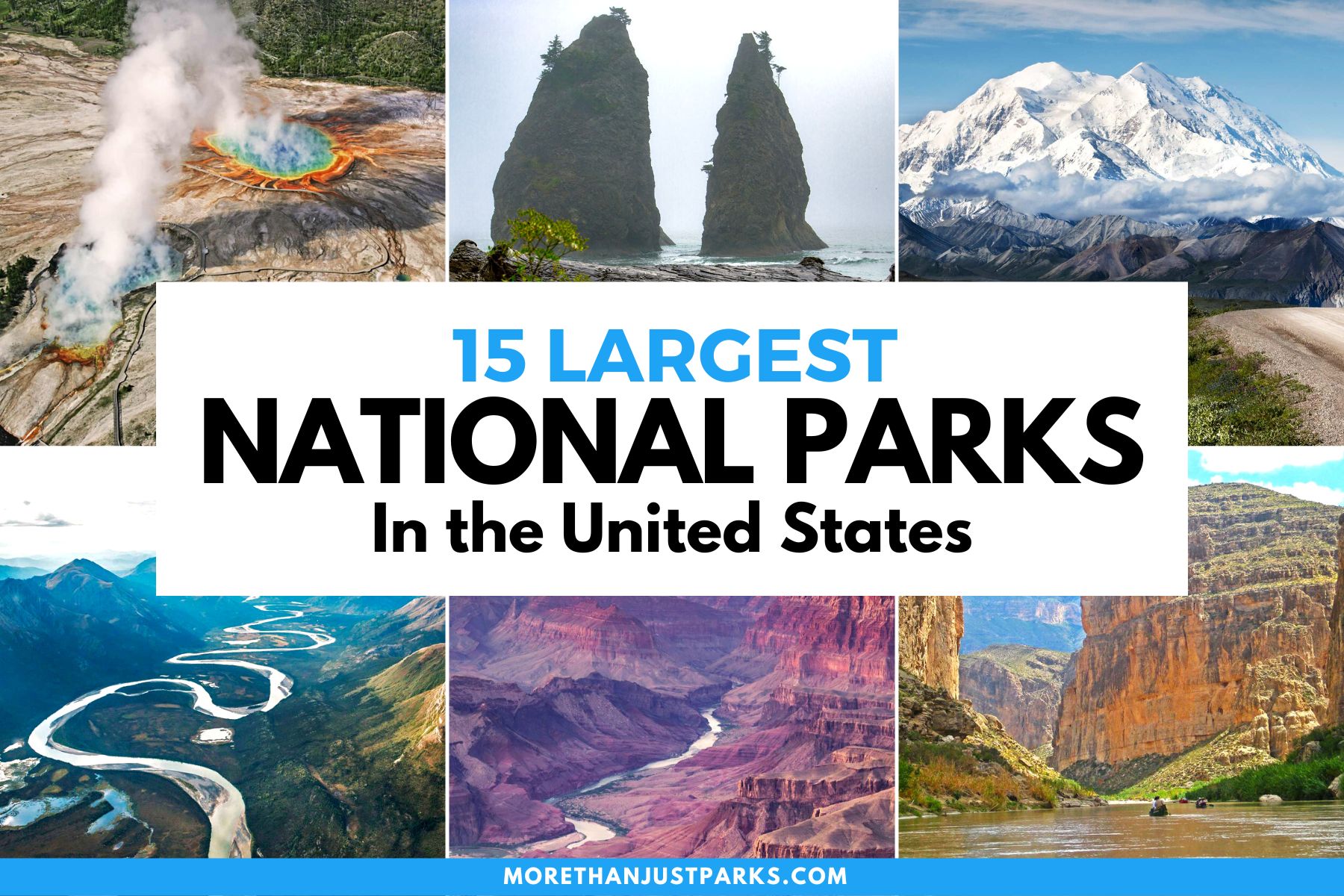
Article Overview: Largest National Parks
Wondering what the largest national parks in the US are? You’ve come to the right place. We’ve got all the details here.
Did you know that the largest national park in the US is bigger than nearly half of the world’s countries?
In this article we’ll go over the top 15 largest national park and include some wild statistics along with helpful size comparisons so you can appreciate just how massive these places are.
I’ve also included a complete list of the largest national parks with sizes in acres, square miles, and square kilometers.
Ready to dive in? Let’s get started!
Interesting Facts About the Largest National Parks
Alaska has the most: Seven of the top ten largest national parks are located in Alaska.
Alaska National Park Acreage: The combined acreage of the seven Alaska national parks is 36,757,336.47 acres (148751.66 km2), which is an area larger than the state of New York and roughly the same size as the country Bangladesh.
Percentage of Park Land in Alaska: Seventy percent of all national park land (for the 63 national parks) is in Alaska.
Largest National Park Outside of Alaska: Death Valley is the largest national park outside of Alaska.
Largest National Park: The largest national park is Wrangell St. Elias National Park in Alaska at over 20,000 square miles. Wrangell St. Elias is larger than the smallest 4 US states including Rhode Island, Delaware, Connecticut, and Hawaii combined.
Largest National Parks
Top 15 Largest US National Parks
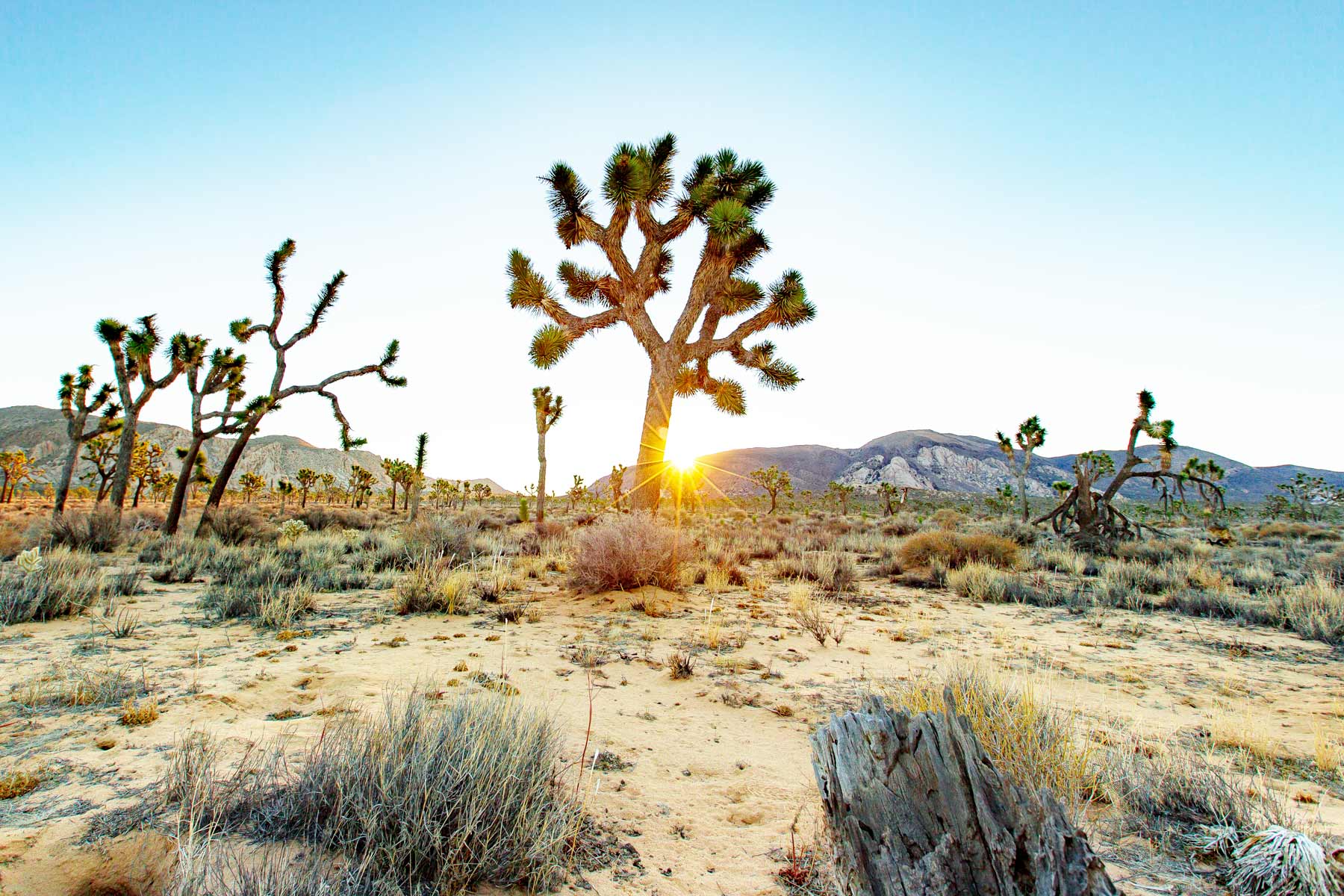
15. Joshua Tree National Park
- Size: 795,155.85 acres (3,217.9 km2)
- Location: California
- My Favorite Resources: Guide / Hikes / Things to Do / Map / Guidebook / Where to Stay / Video
Starting off our list of largest national parks, clocking in at number 15, is Joshua Tree National Park. Joshua Tree National Park covers a total area of approximately 795,155.85 acres (1,254.8 square miles) and is named for the Joshua tree, a species of yucca native to the region.
The park is home to a diverse array of plant and animal life, including the Mojave Desert, the Colorado Desert, and the Little San Bernardino Mountains. The park is popular with rock climbers, hikers, and nature enthusiasts, who come to enjoy the park’s stunning desert landscapes and unique geological features.
Joshua Tree National Park is also a designated International Dark Sky Park, meaning that it is a place where the night sky can be observed with minimal light pollution.
For size comparison, Joshua Tree National Park is slightly larger than the state of Rhode Island.
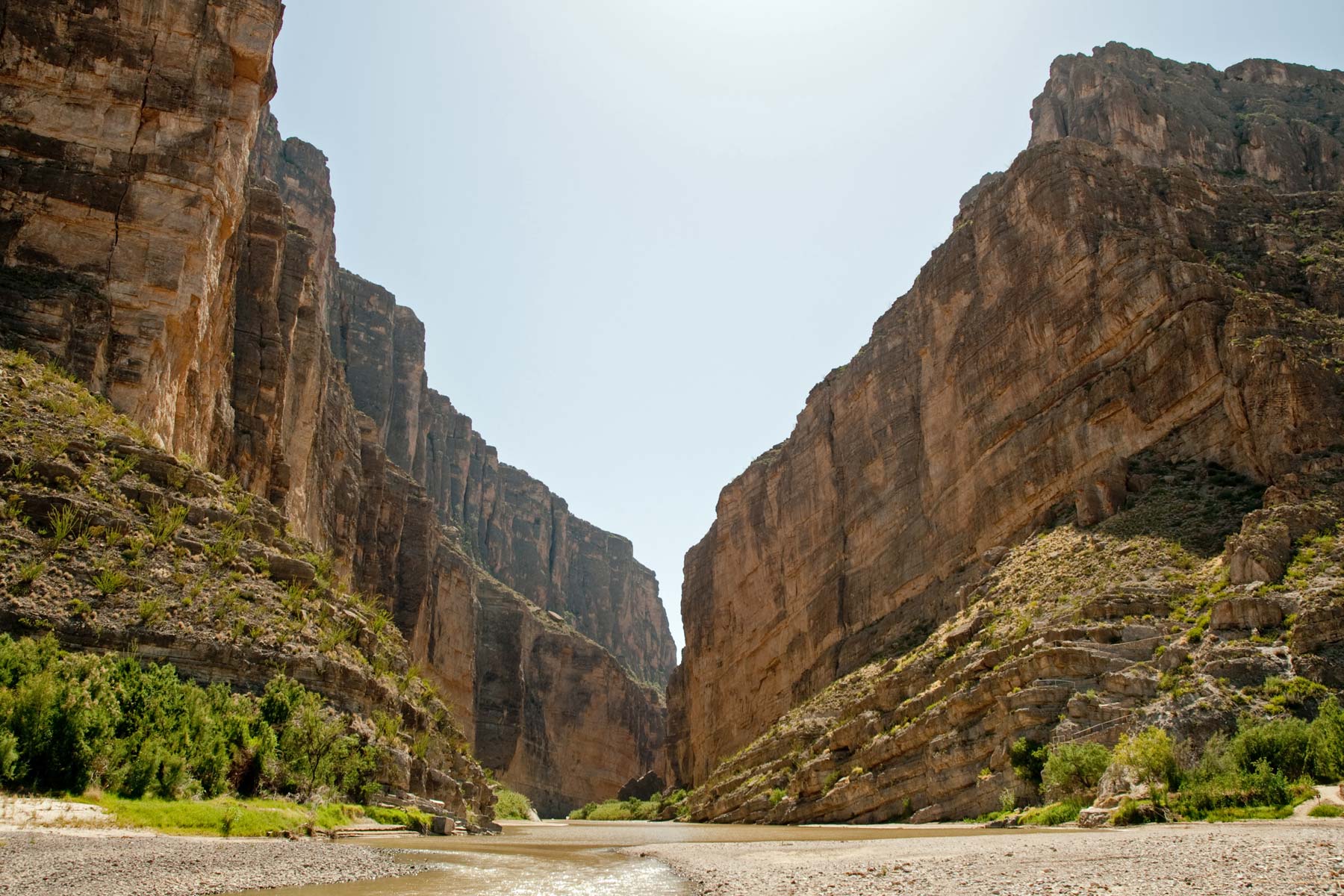
14. Big Bend National Park
- Size: 801,163.21 acres (3,242.2 km2)
- Location: Texas
- My Favorite Resources: Map | Guidebook | Where to Stay | Facts | Things to Do
Clocking in at number 14 on our list of the largest national parks in the US is Big Bend. Big Bend National Park covers a total area of approximately 801,163.21 acres (1,262.5 square miles) and is named for the Big Bend, a large curve in the Rio Grande river.
The park is home to a diverse array of plant and animal life, including the Chihuahuan Desert, the Chisos Mountains, and the Rio Grande. The park is popular with hikers, rock climbers, and nature enthusiasts, who come to enjoy the park’s stunning desert landscapes and unique geological features.
Big Bend National Park is also home to a number of cultural and historical sites, including the ruins of the old Boquillas del Carmen settlement and the Castolon Historic District.
For size comparison, Big Bend National Park is roughly the size of Los Angeles, New York City, and Chicago combined.
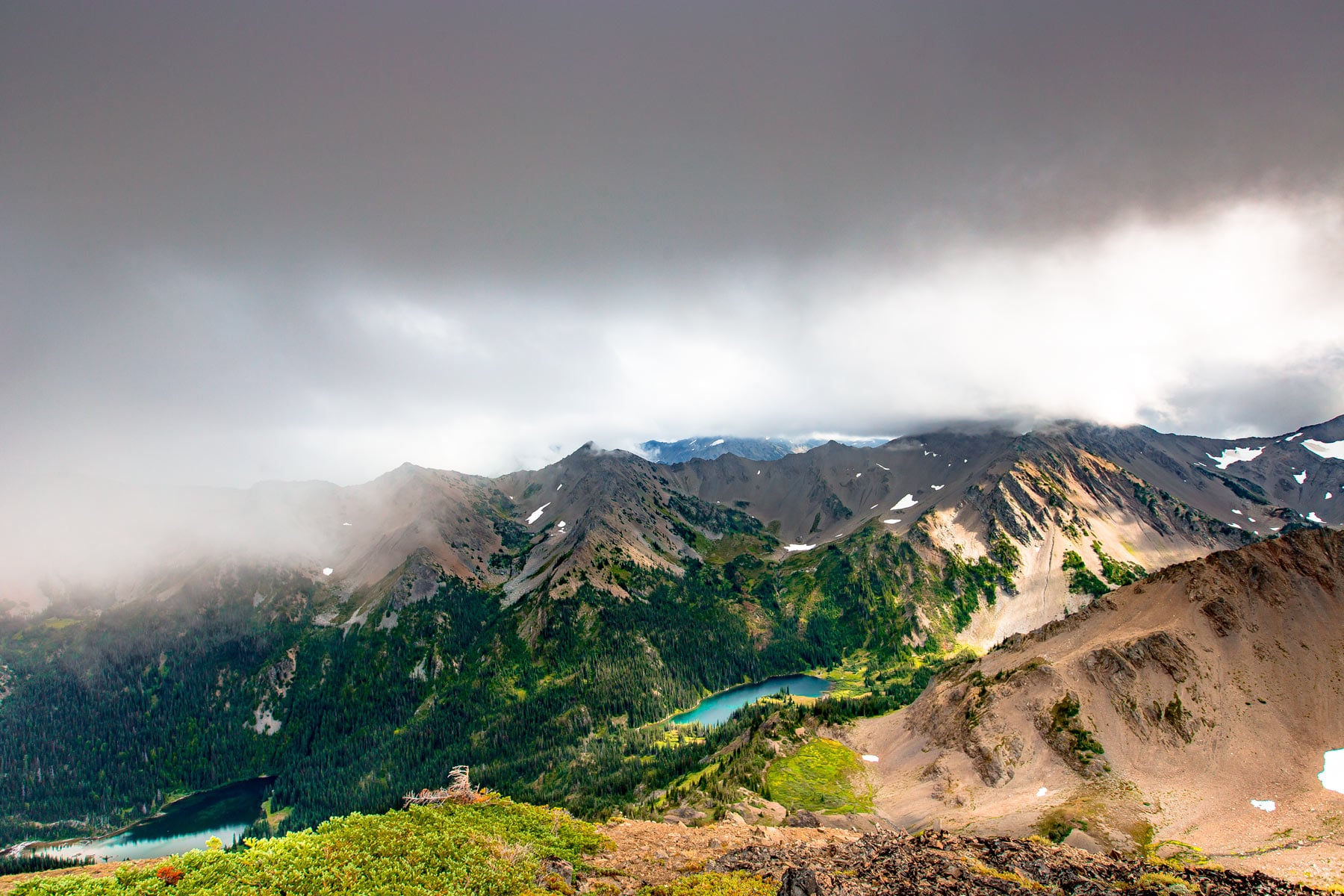
13. Olympic National Park
- Size: 922,649.41 acres (3,733.8 km2)
- Location: Washington
- My Favorite Resources: Guide / Map / Guidebook / Things to Do / Hikes / Where to Stay / Video
Olympic National Park covers a total area of approximately 922,649.41 acres (1,441.5 square miles) and is named for the Olympic Mountains, a mountain range located within the park. This makes it the 13th largest national park in the US.
The park is home to a diverse array of plant and animal life, including the Pacific coastline, the Olympic Mountains, and the Hoh Rain Forest.
Olympic National Park is also home to a number of cultural and historical sites, including the Quinault Indian Nation and the Elwha River.
For size comparison, Olympic National Park is approximately the same size as the island of Kauai (873 mi2) and Maui (727 mi2) combined.
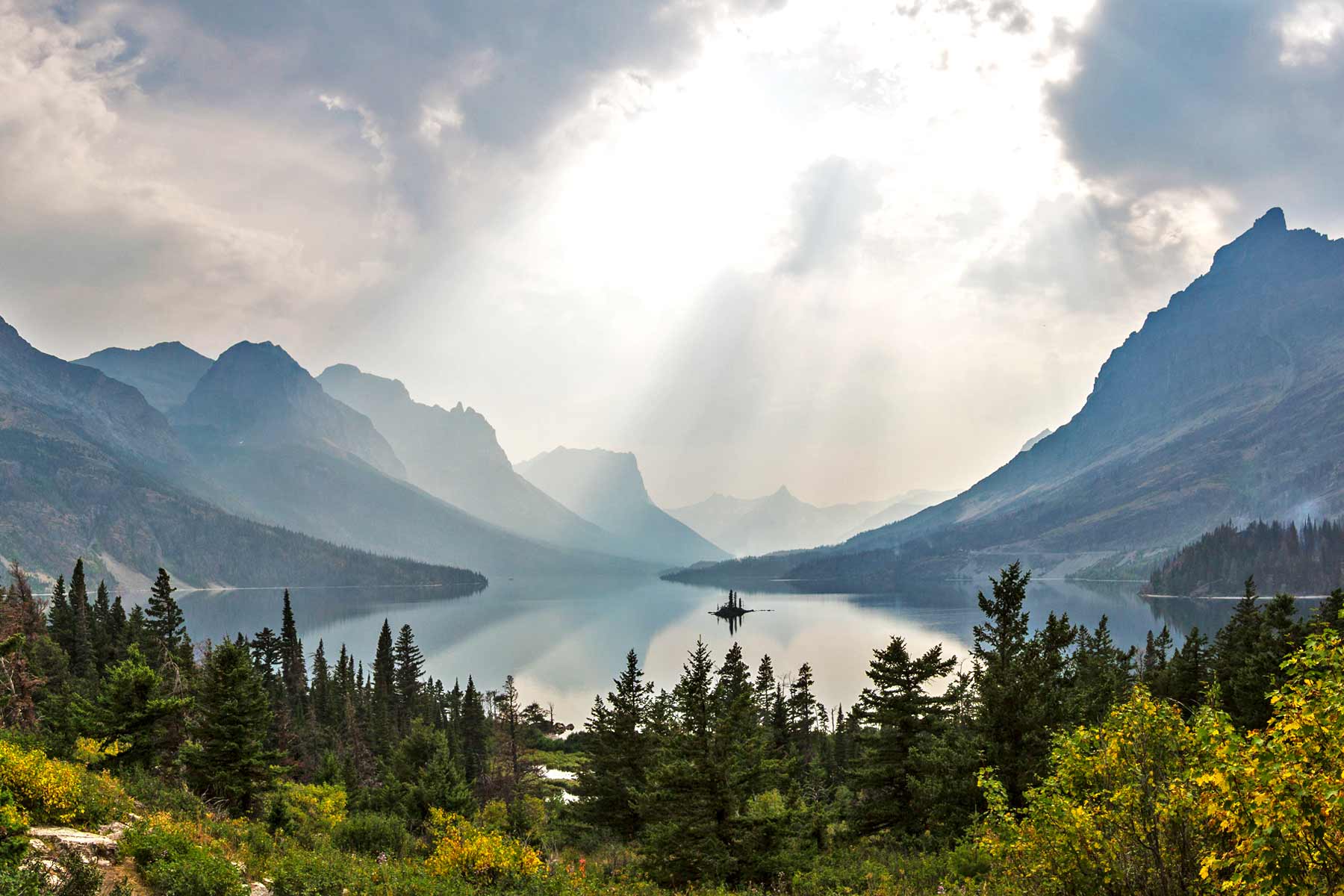
12. Glacier National Park
- Size: 1,013,126.39 acres (4,100.0 km2)
- Location: Montana
- Our Favorite Resources: Map / Guidebook / Things to Do / Hikes / Where to Stay / Itinerary / Facts
At 1,013,126.39 acres (1,590.4 mi2), Glacier National Park is the 12 biggest national park in the US.
It is home to more than a million acres of rugged, wild terrain, including towering mountain peaks, pristine alpine lakes, and cascading waterfalls.
The park is home to an abundance of wildlife, including grizzly bears, wolves, mountain goats, and elk. It is also home to a wide variety of plant life, including fields of wildflowers, dense forests, and alpine meadows.
In addition to its natural beauty, Glacier National Park also has a rich cultural history. It is home to the Blackfeet Nation, who have lived in the region for centuries.
For comparison, Glacier National Park is roughly the same size as French Polynesia.
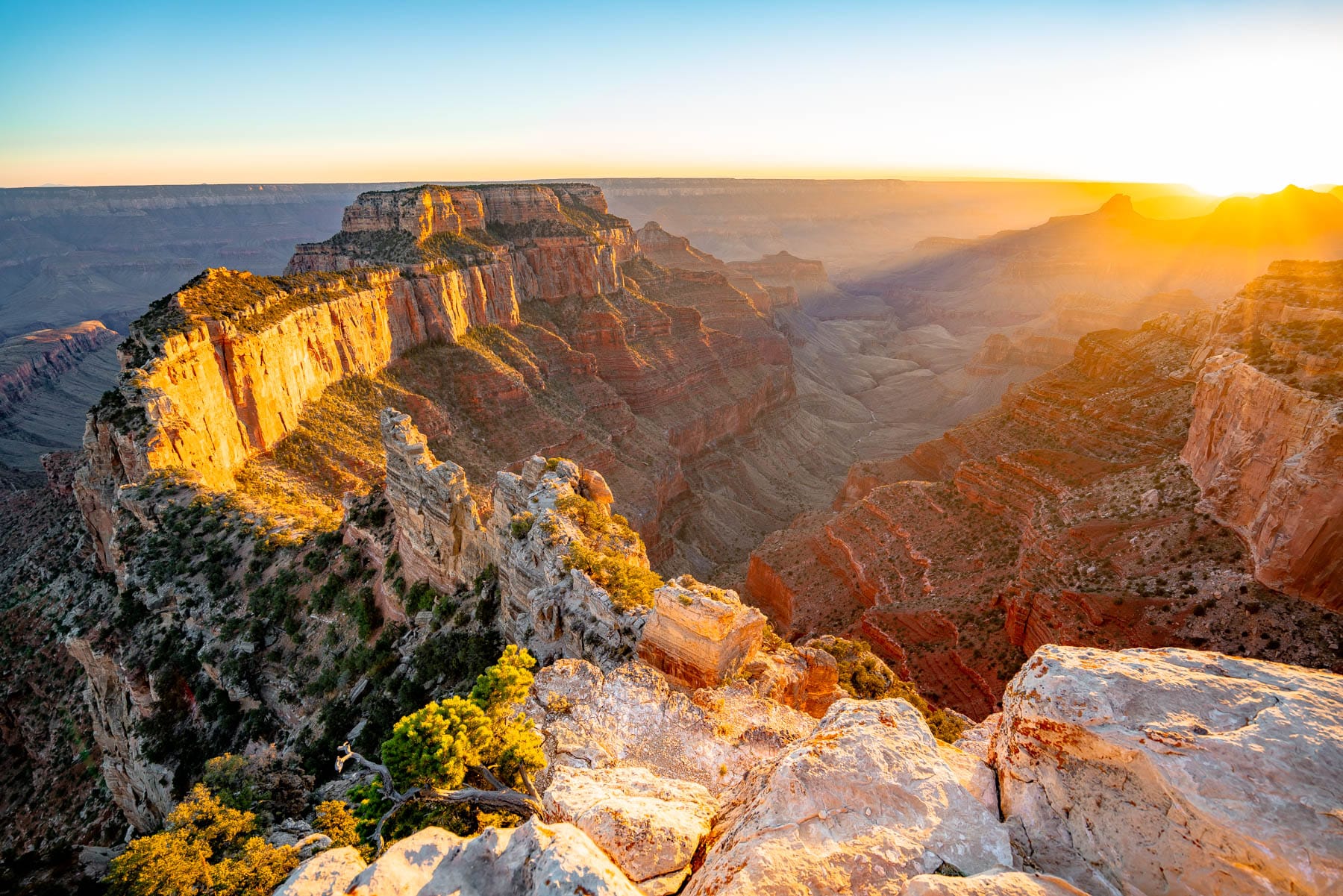
11. Grand Canyon National Park
- Size: 1,201,647.03 acres (4,862.9 km2)
- Location: Arizona
- Our Favorite Resources: Map / Guidebook / Things to Do / Best Views / Closest Cities / South Rim / Where to Stay / Winter / Facts
Coming in at number 11 on our list of the biggest national parks, Grand Canyon National Park covers an area of 1,201,647.03 acres (4,862.9 km2).
Grand Canyon National Park is home to the largest canyon in the world, the Grand Canyon, which was carved over millions of years by the Colorado River. The canyon is over a mile deep and stretches for 277 miles, making it one of the most breathtaking and awe-inspiring natural wonders in the world.
The park is home to a wide variety of plant and animal life, including desert plants, pine forests, and a wide range of wildlife, such as mule deer, bighorn sheep, and coyotes. There are also numerous hiking trails and viewpoints throughout the park, allowing visitors to take in the stunning views of the canyon and the surrounding landscape.
In addition to its natural beauty, Grand Canyon National Park also has a rich cultural history. It is home to the Hualapai and Havasupai tribes, who have lived in the region for centuries.
For comparison, Grand Canyon National Park is slightly smaller than the country of Trinidad and Tobago (5,130 km2).
Top 10 Biggest National Parks in the United States
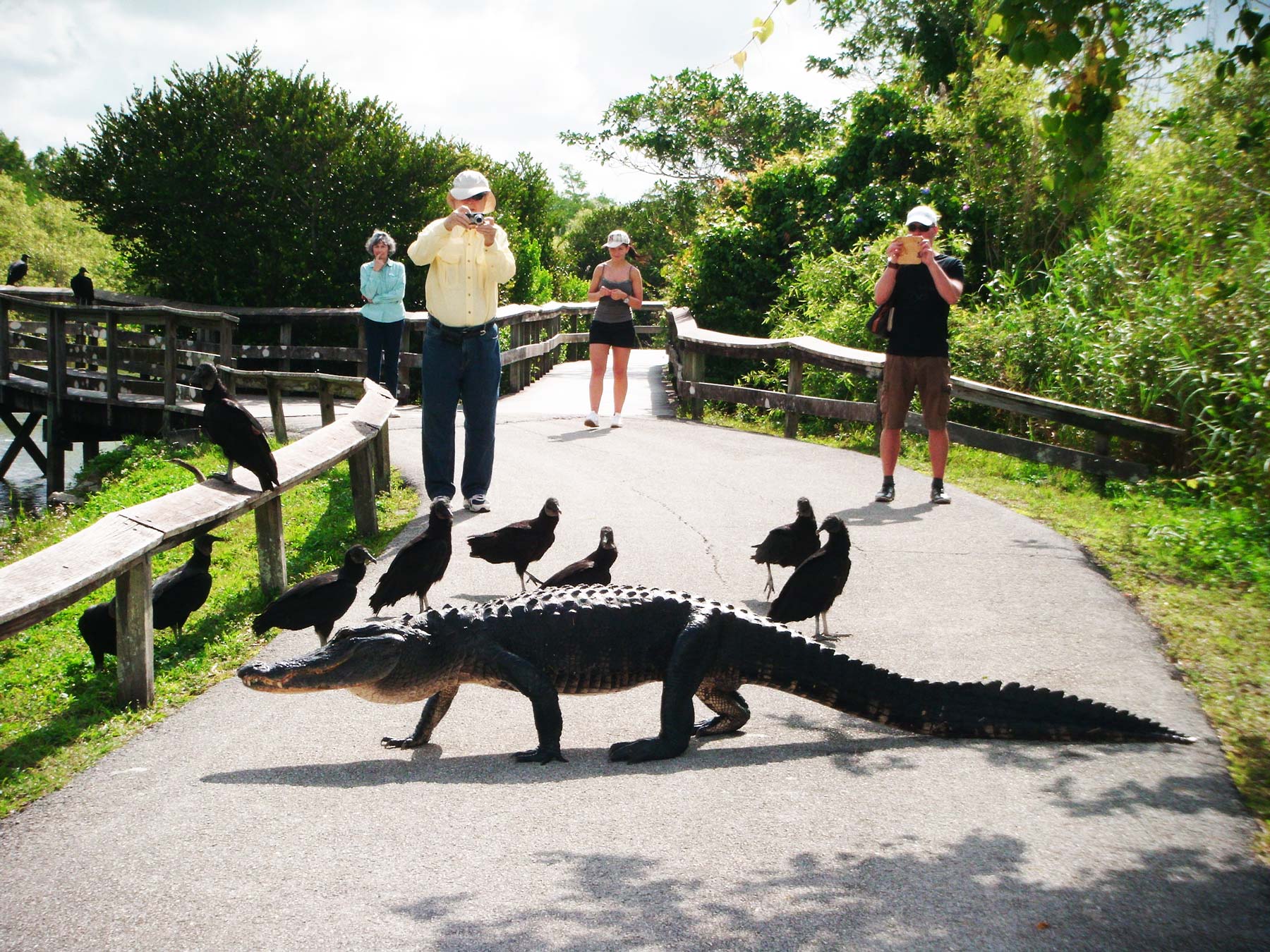
10. Everglades National Park
At number 10 on our list of the largest national parks is Everglades National Park which covers an area of 1,508,938.57 acres (6,106.5 km2).
Everglades National Park is home to the largest subtropical wilderness in the United States including wetland, marsh, and swampland.
The park is home to an abundance of wildlife, including alligators, crocodiles, manatees, and a wide variety of bird species, such as herons, egrets, and pelicans. It is also home to a number of threatened and endangered species, including the Florida panther and the West Indian manatee.
There are several ways to experience the beauty of Everglades National Park, including hiking and biking trails, boat tours, and guided walks. The park also has a number of educational programs and exhibits, providing visitors with the opportunity to learn about the unique ecosystem and the plants and animals that call it home.
For size comparison, Everglades National Park is slightly larger than the country of Palestine (6,020 km2).
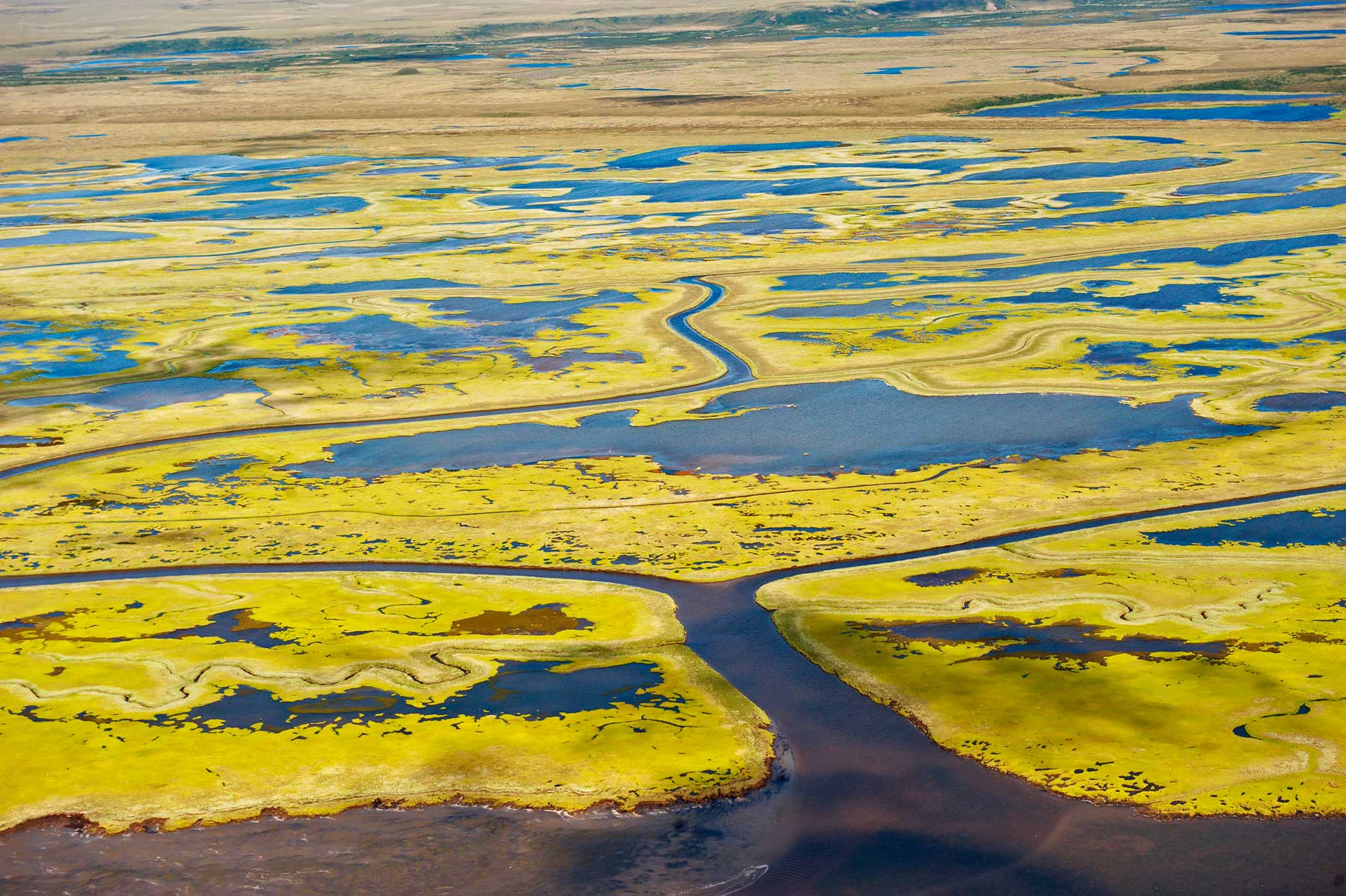
9. Kobuk Valley National Park
- Size: 1,750,716.16 acres (7,084.9 km2)
- Location: Alaska
- Our Favorite Resources: Guide
Coming down into the top 10 we head back to Alaska. Kobuk Valley is the 9th largest national park in the US covering an area of 1,750,716.16 acres (7,084.9 km2).
Kobuk Valley National Park is a remote and wild national park located in the northwest region of Alaska, United States known for its rugged, mountainous terrain, as well as its vast expanses of tundra and wetlands.
The Park is home to a wide variety of plant and animal life, including caribou, wolves, and a number of bird species. It is also home to the Kobuk Sand Dunes, a massive dune system that covers over 200 square miles.
In addition to its natural beauty, Kobuk Valley National Park also has a rich cultural history. It is home to the Inupiat people, who have lived in the region for centuries and continue to rely on the land for subsistence.
For size comparison, Kobuk Valley National Park is a bit larger than the state of Delaware (6,446 km2).
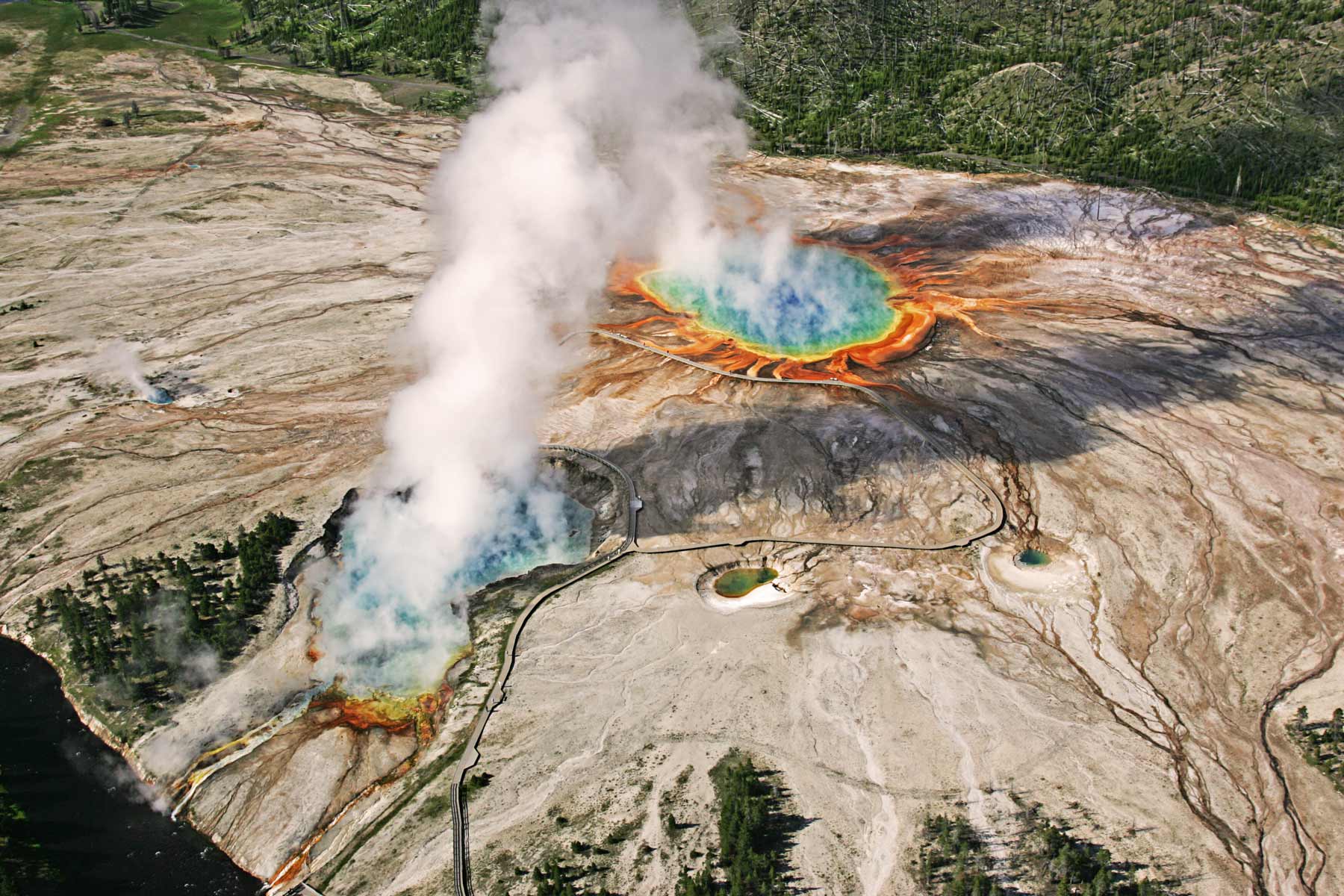
8. Yellowstone National Park
- Size: 2,219,790.71 acres (8,983.2 km2)
- Location: Wyoming, Montana, Idaho
- My Favorite Resources: Map / Guidebook / Things to Do / Facts / Airports / Where to Stay
A common misconception that we hear a lot is that Yellowstone is the largest national park. It is not. In fact, it’s not even the largest national park outside of Alaska.
At 2,219,790.71 acres (8,983.2 km2), Yellowstone is the 8th largest national park in the United States.
Yellowstone is an absolutely spectacular and magical national park. A landscape dotted with otherworldly thermal works, bison holdouts from a time when they ruled the prairie, a thriving wolf population, and an encapsulation of the great American west.
For size comparison, Yellowstone National Park is slightly smaller than Puerto Rico.

7. Lake Clark National Park
Moving down our list of the largest national parks we head back to Alaska with Lake Clark. Lake Clark National Park is the 7th largest national park in the United States at 2,619,816.49 acres (10,602.0 km2).
Lake Clark is home to some of the most extraordinary landscape scenery on the planet. Add in the vast array of wildlife present in the park and you’ve got a real home run.
Getting to Lake Clark, while not quite as difficult as Gates of the Arctic or Kobuk Valley, is still pretty darn tough. Visitors must take a seasonal ferry or small plane to reach jumping off points into the park.
For size comparison, Lake Clark National Park is slightly larger than the country of Lebanon, roughly the same size as Kosovo, and slightly smaller than Jamaica and the state of Hawaii.
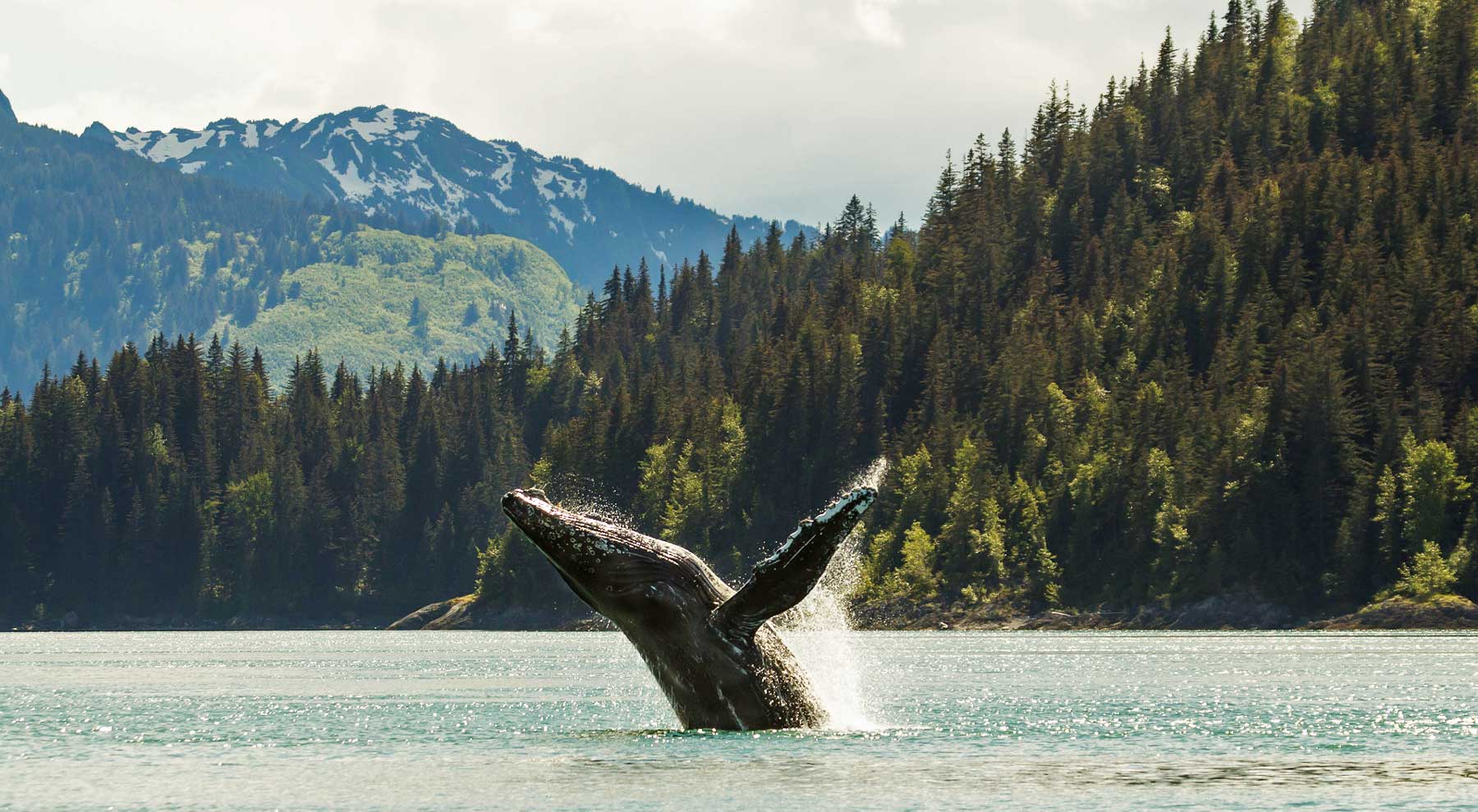
6. Glacier Bay National Park
Moving down on our list of largest national parks we head to southern Alaska. Glacier Bay is the 6th largest national park in the US at 3,223,383.43 acres (13,044.6 km2).
Located in the panhandle of Alaska, Glacier Bay National Park and Preserve is a stunning natural treasure covering an area of over 3.3 million acres and is home to a wide variety of plant and animal life, including whales, bears, and a variety of bird species.
The park is known for its stunning glaciers, which have carved out a landscape of fjords, islands, and mountains.
One of the most popular activities in Glacier Bay National Park is whale watching, as the park is home to a wide variety of whale species, including humpback whales and killer whales.
In addition to its natural beauty, Glacier Bay National Park is home to the Tlingit people, who have lived in the region for centuries and continue to rely on the land for subsistence.
For size comparison, Glacier Bay National Park is slightly smaller than the country of Montenegro, the Bahamas, and the state of Connecticut.
Top 5 Largest US National Parks
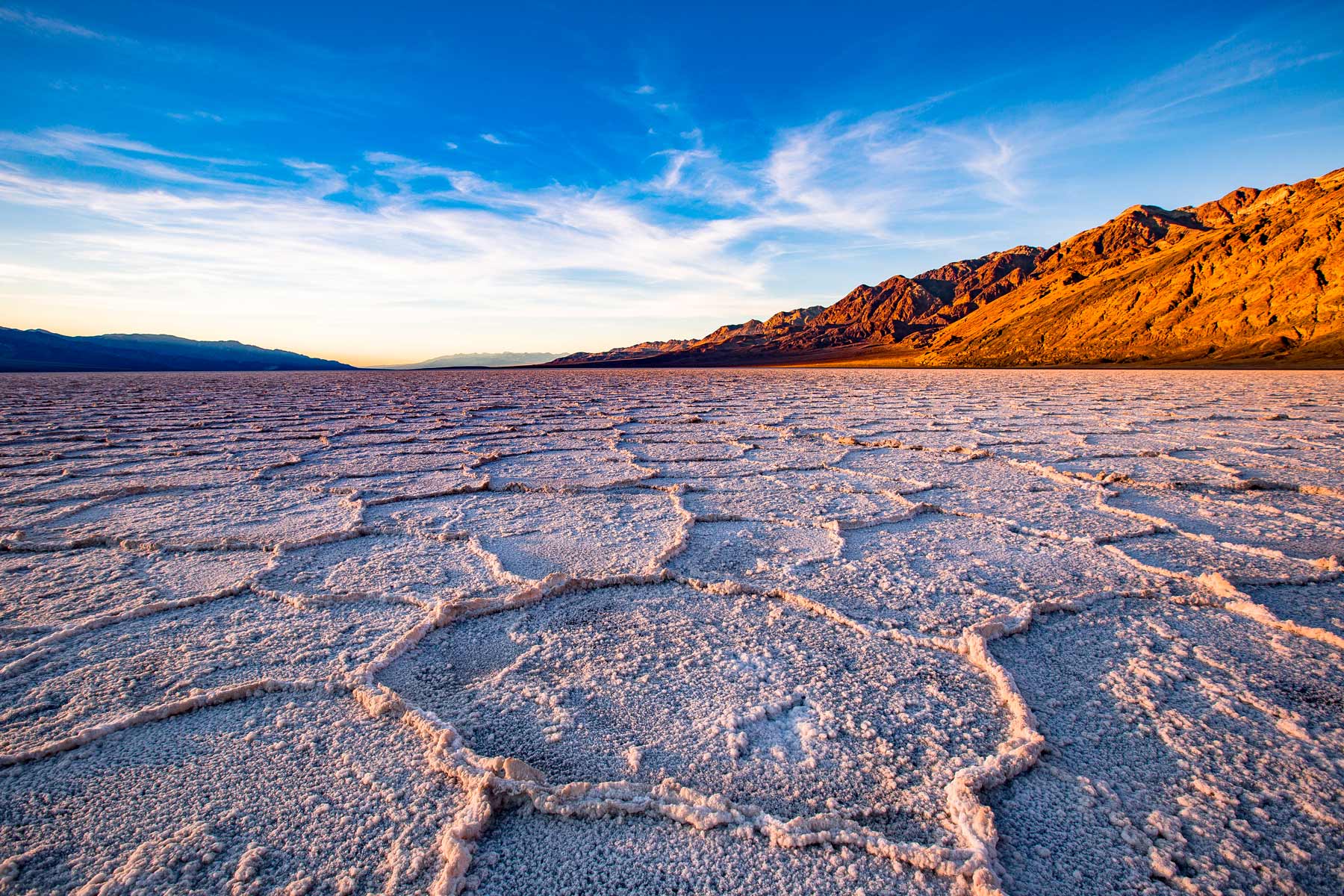
5. Death Valley National Park
- Size: 3,408,395.63 acres (13,793.3 km2)
- Location: California
- My Favorite Resources: Guide / Map / Guidebook / Things to Do / Facts / Camping / Where to Stay / Video
We’ve cracked the top five on our list of the largest national parks in America. Death Valley National Park is the 5th largest national park in America at 3,408,395.63 acres (13,793.3 km2) and the largest national park outside of Alaska.
As the largest park in the contiguous United States at over 3.4 million acres, Death Valley embodies every aspect of an epic US national park. Star Wars landscapes fill the mind with wonder as superlatives are the name of the game here.
Death Valley features the lowest point in North America, has the hottest ever recorded air temperature on the planet, the tallest sand dunes in North America, and the driest place in the United States.
Despite the morbid name Death Valley has an abundance of life and incredible sights. So long as you don’t visit during the summer when temperatures can soar into the 130s you’re bound to have a great time here.
For size comparison, Death Valley National Park is roughly the same size as the country of Montenegro and the Bahamas.
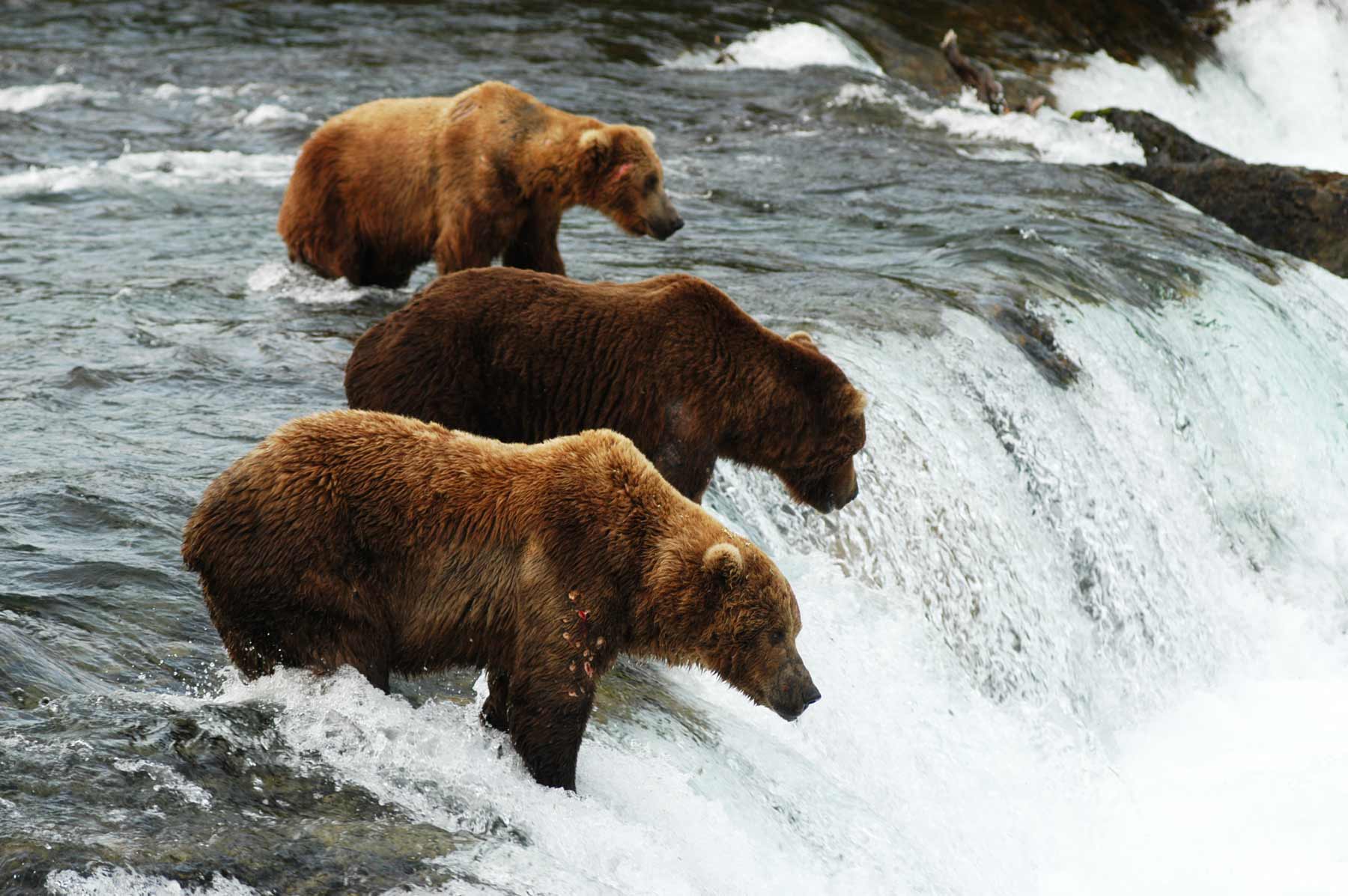
4. Katmai National Park
Katmai National Park is the 4th largest national park in the US at 3,674,529.33 acres (14,870.3 km2).
We’ve all seen the famous bearcam of the grizzlies hunting salmon at Brooks Falls, and we all want to see that in person (safely behind the plexiglass viewing area) along with the countless other hard-to-fathom landscapes that exist within this amazing park.
The fact of the matter is that it just ain’t easy (or cheap) to do so. Getting to Katmai typically requires multiple flights and thousands of dollars which puts it squarely out of reach for most Americans.
Accessing Katmai National Park is expensive. There are no roads that lead into the park which means getting to Katmai requires a flight (and we’re not talking a standard commercial flight).
For size comparison, Katmai National Park is slightly larger than Northern Ireland and Connecticut.
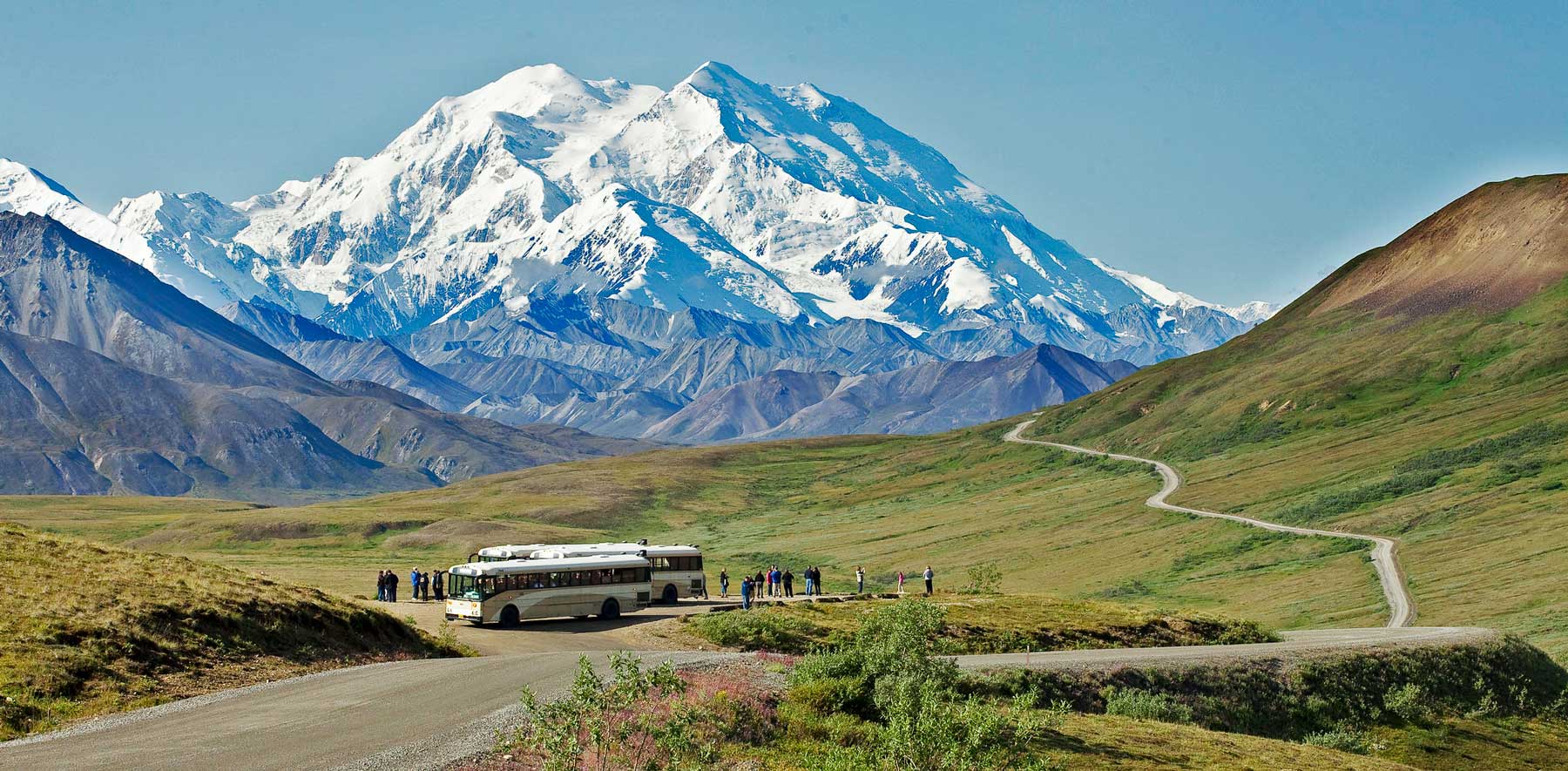
3. Denali National Park
Moving in to the top three largest national parks in the US. Denali National Park is the 3rd largest national park in the US at 4,740,911.16 acres (19,185.8 km2).
Alaska’s flagship national park named for its tallest mountain which happens to be the highest peak in North America, Denali is on every park-goers bucket list. The breadth of this mountain is hard to appreciate and so is the size of the park itself at 6.1 million acres.
Denali also happens to be one of the most accessible Alaskan national parks with limited driving access, bus access that gets you further, visitor center, campgrounds, and the famous car lottery.
For size comparison, Denali National Park is larger than Fiji (18,272 km2) and slightly smaller than Slovenia (20,273 km2).
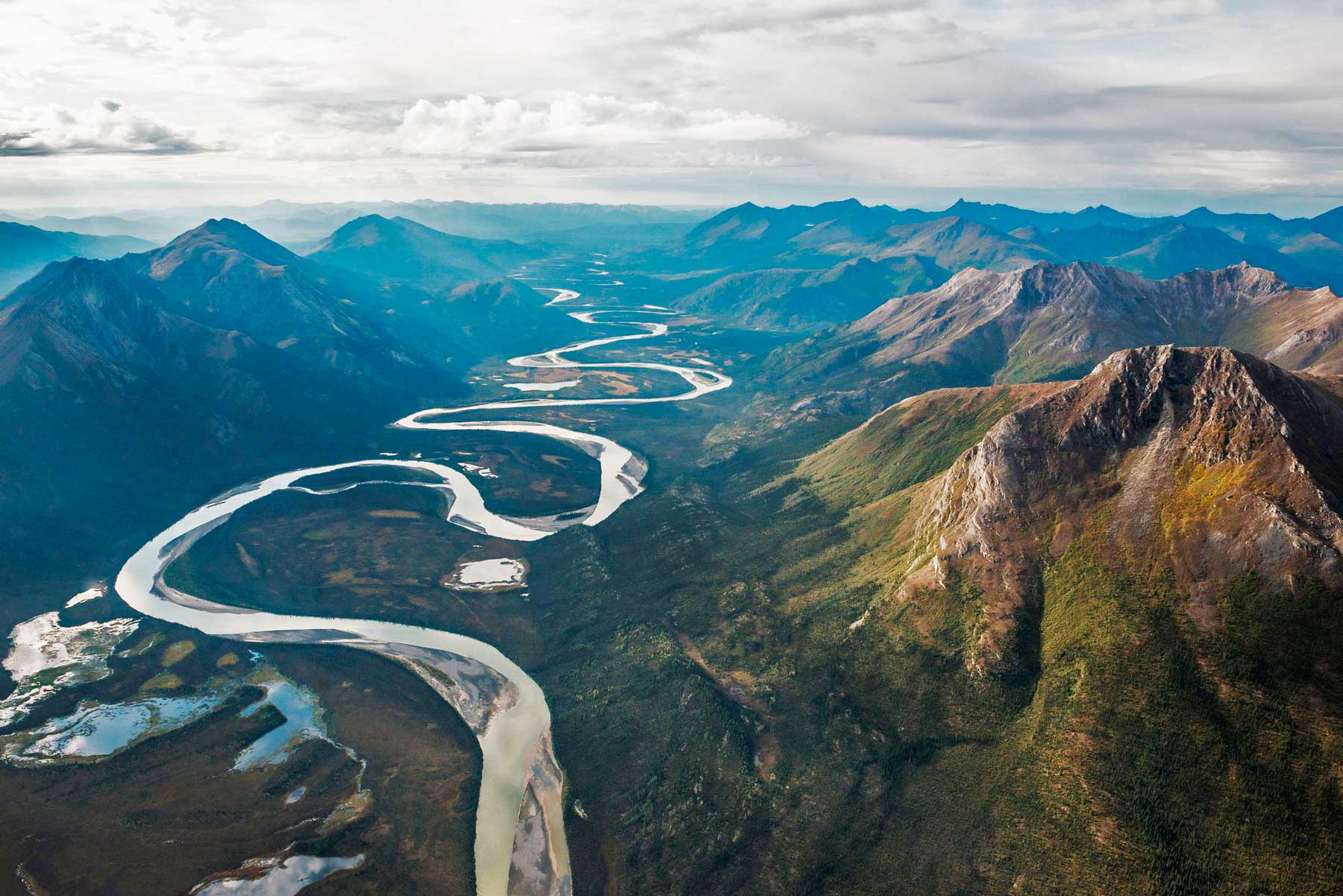
2. Gates of the Arctic National Park
The second largest national park is Gates of the Arctic National Park in Alaska at 7,523,897.45 acres (30,448.1 km2). If you thought Denali was massive (it is) Gates of the Arctic is a whopping 30% larger.
Gates of the Arctic is so large that you could fit Yellowstone National Park and Denali inside of Gates of the Arctic and still have room to spare.
For another size comparison, Gates of the Arctic National Park is roughly the same size as the country of Belgium.
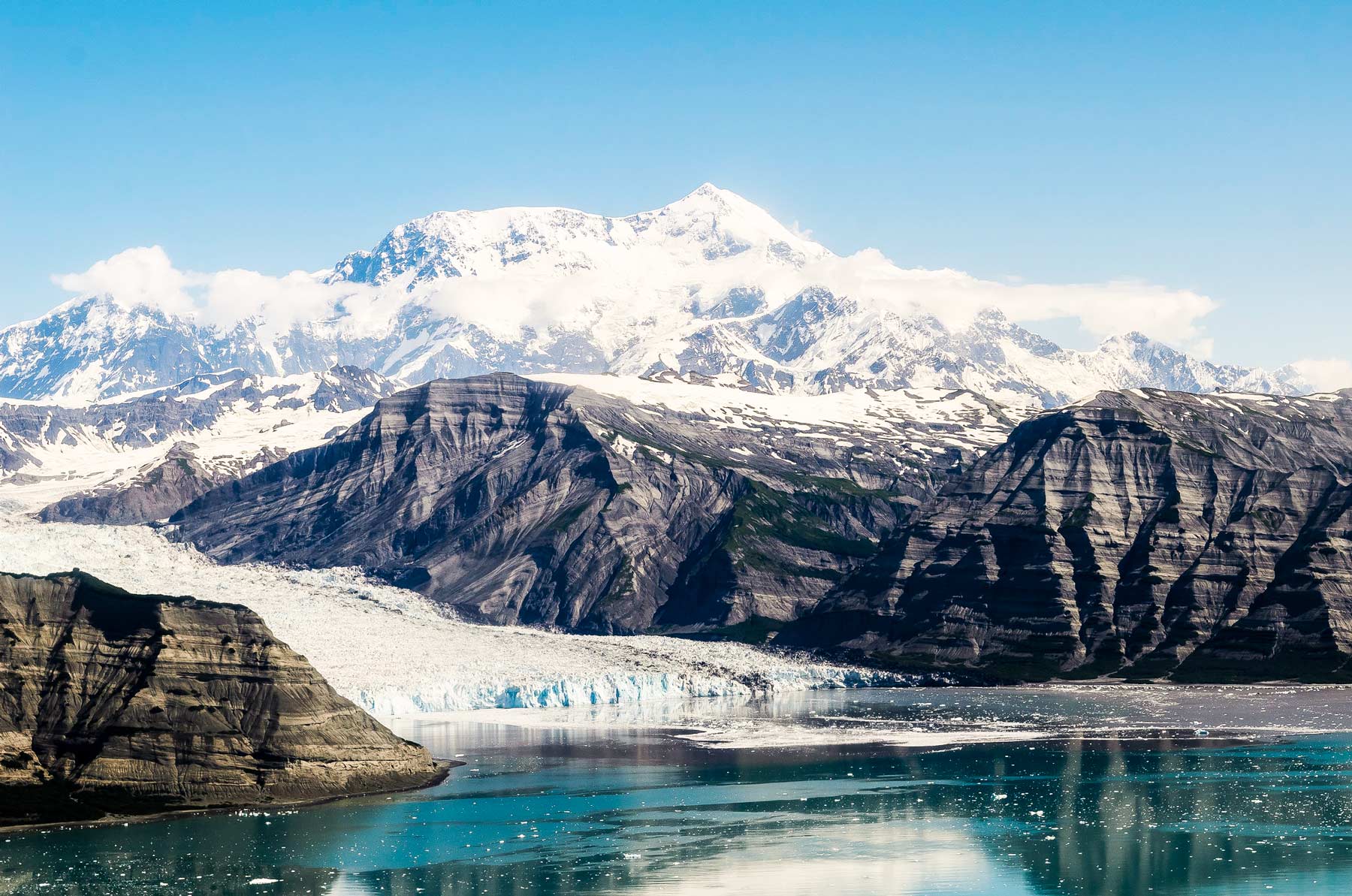
1. Wrangell St. Elias National Park
- Size: 13,175,799 acres (53,320.57 km2)
- Location: Alaska
- My Favorite Resources: Guide | Map | Guidebook
At over 20,000 square miles, the largest national park in the United States is Wrangell St. Elias National Park.
As one of the more accessible Alaska parks, Wrangell makes it into our top 20 US national parks for that reason alone. Wrangell is an Alaska national park full of superlatives and a world unto itself.
It is a park of otherworldly and seemingly impossible landscapes. The difference at Wrangell vs some of Alaska’s national parks is that you can take a car and drive to some of them.
Wrangell St. Elias National Park is the largest in the US at over 13 million acres. The park features 9 of the 16 tallest mountain peaks in the country.
The massive scale of Wrangell is truly hard to fathom. So, bear with me for some comparisons.
If Wrangell St. Elias National Park was a country it would be the 121st largest ahead of nations like Denmark, the Netherlands, and Switzerland.
Wrangell St. Elias is larger than the four smallest US States combined including Rhode Island, Delaware, Connecticut, & Hawaii.
Map of the Largest US National Parks
List of Largest National Parks in the US (Summary)
- Wrangell St. Elias National Park – 8,323,146.48 acres (33,682.6 km2)
- Gates of the Arctic National Park – 7,523,897.45 acres (30,448.1 km2)
- Denali National Park – 4,740,911.16 acres (19,185.8 km2)
- Katmai National Park – 3,674,529.33 acres (14,870.3 km2)
- Death Valley National Park – 3,408,395.63 acres (13,793.3 km2)
- Glacier Bay National Park – 3,223,383.43 acres (13,044.6 km2)
- Lake Clark National Park – 2,619,816.49 acres (10,602.0 km2)
- Yellowstone National Park – 2,219,790.71 acres (8,983.2 km2)
- Kobuk Valley National Park – 1,750,716.16 acres (7,084.9 km2)
- Everglades National Park – 1,508,938.57 acres (6,106.5 km2)
- Grand Canyon National Park – 1,201,647.03 acres (4,862.9 km2)
- Glacier National Park – 1,013,126.39 acres (4,100.0 km2)
- Olympic National Park – 922,649.41 acres (3,733.8 km2)
- Big Bend National Park – 801,163.21 acres (3,242.2 km2)
- Joshua Tree National Park – 795,155.85 acres (3,217.9 km2)
Biggest US National Parks
| National Park | Size (acres) | Size (square miles) | Size (square kilometers) |
|---|---|---|---|
| Wrangell St. Elias | 13,175,799 acres | 20587.2 mi2 | 53,320.57 km2 |
| Gates of the Arctic | 7,523,897.45 acres | 11,762.5 mi2 | 30,448.1 km2 |
| Denali | 4,740,911.16 acres | 7,403.9 mi2 | 19,185.8 km2 |
| Katmai | 3,674,529.33 acres | 5,795.7 mi2 | 14,870.3 km2 |
| Death Valley | 3,408,395.63 acres | 5,346.2 mi2 | 13,793.3 km2 |
| Glacier Bay | 3,223,383.43 acres | 5,068.4 mi2 | 13,044.6 km2 |
| Lake Clark | 2,619,816.49 acres | 4,141.2 mi2 | 10,602.0 km2 |
| Yellowstone | 2,219,790.71 acres | 3,472.4 mi2 | 8,983.2 km2 |
| Kobuk Valley | 1,750,716.16 acres | 2,764.9 mi2 | 7,084.9 km2 |
| Everglades | 1,508,938.57 acres | 2,369.0 mi2 | 6,106.5 km2 |
| Grand Canyon | 1,201,647.03 acres | 1,901.9 mi2 | 4,862.9 km2 |
| Glacier | 1,013,126.39 acres | 1,590.4 mi2 | 4,100.0 km2 |
| Olympic | 922,649.41 acres | 1,441.5 mi2 | 3,733.8 km2 |
| Big Bend | 801,163.21 acres | 1,262.5 mi2 | 3,242.2 km2 |
| Joshua Tree | 795,155.85 acres | 1,254.8 mi2 | 3,217.9 km2 |
Pin the Largest National Parks
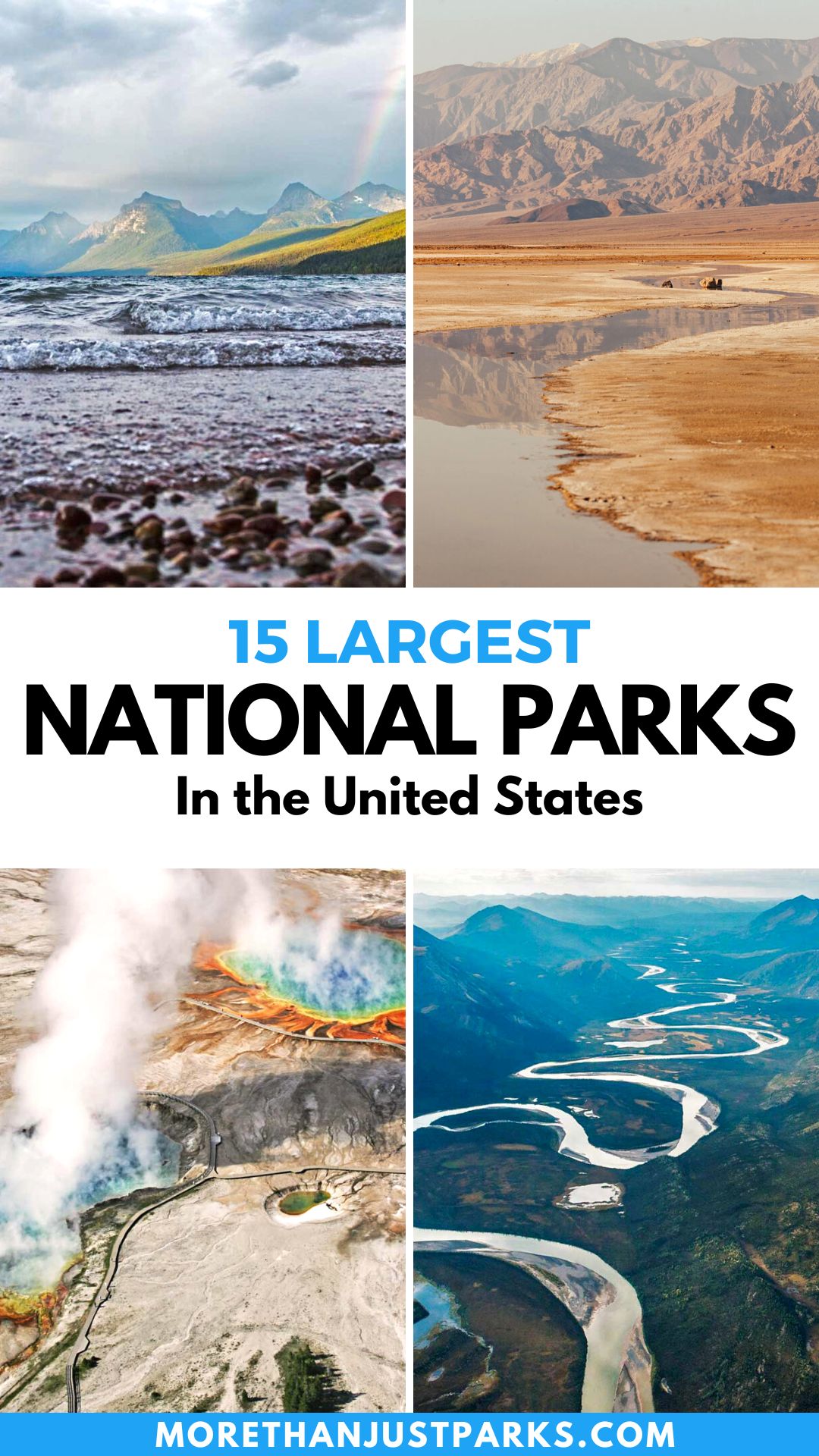
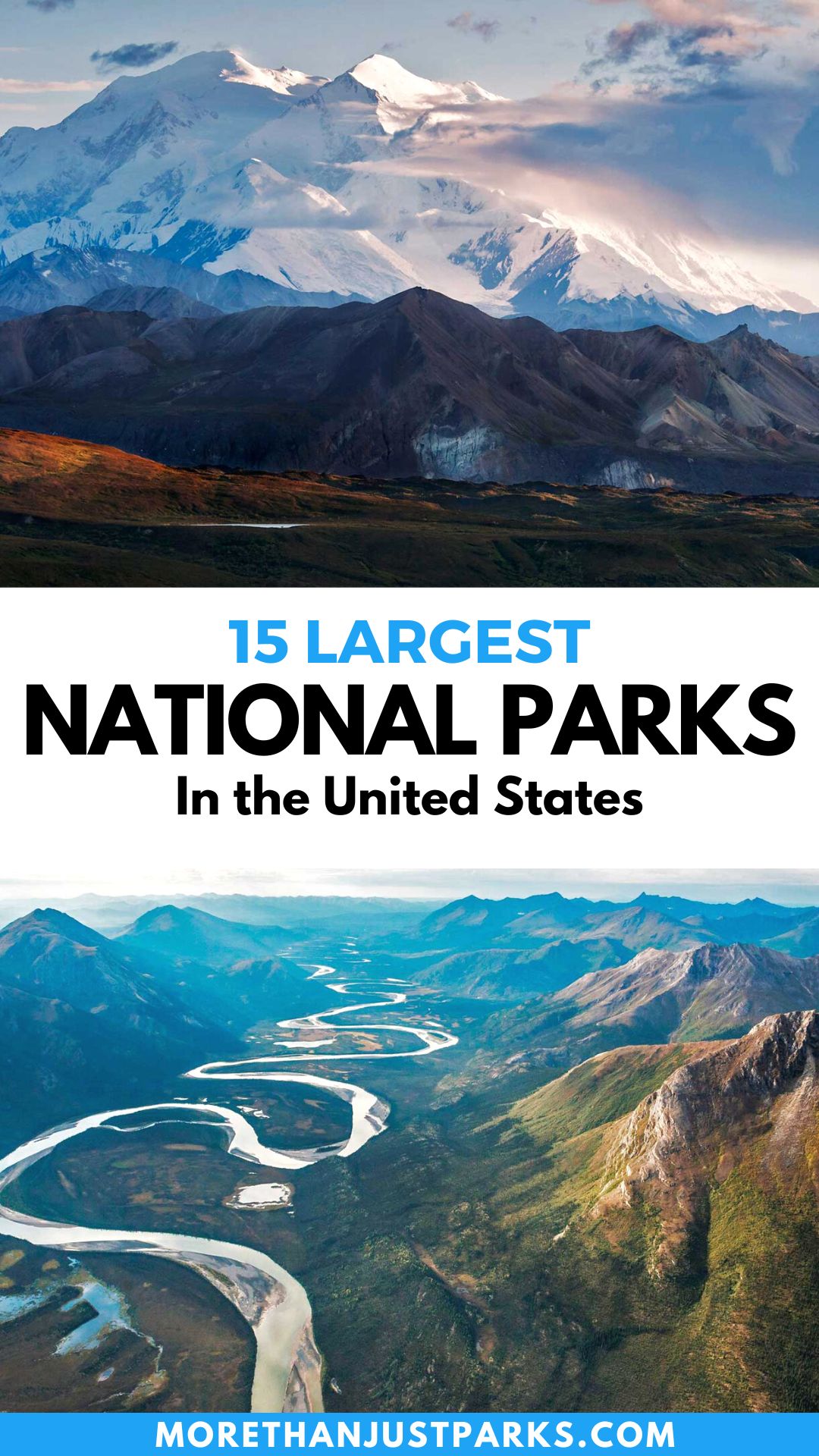
Helpful Related Articles
National Monuments Ranked: ALL 128 US National Monuments Ranked (Best to Worst)
National Parks Maps: Map of the National Parks
Most Visited National Parks: Top 10 Most Visited National Parks
National Parks Rankings: ALL 63 US National Parks Ranked By Experts
Least Visited National Parks: Top 10 Least Visited National Parks
National Parks Road Trips: 10 Best National Park Road Trips
largest national parks, biggest national parks, largest national park, biggest national park, largest u.s. national park, biggest us national park, largest national parks, biggest national parks, largest national park, biggest national park, largest u.s. national park, biggest us national park, largest national parks, biggest national parks, largest national park, biggest national park, largest u.s. national park, biggest us national park, largest national parks, biggest national parks, largest national park, biggest national park, largest u.s. national park, biggest us national park, largest national parks, biggest national parks, largest national park, biggest national park, largest u.s. national park, biggest us national park, largest national parks, biggest national parks, largest national park, biggest national park, largest u.s. national park, biggest us national park, largest national parks, biggest national parks, largest national park, biggest national park, largest u.s. national park, biggest us national park,
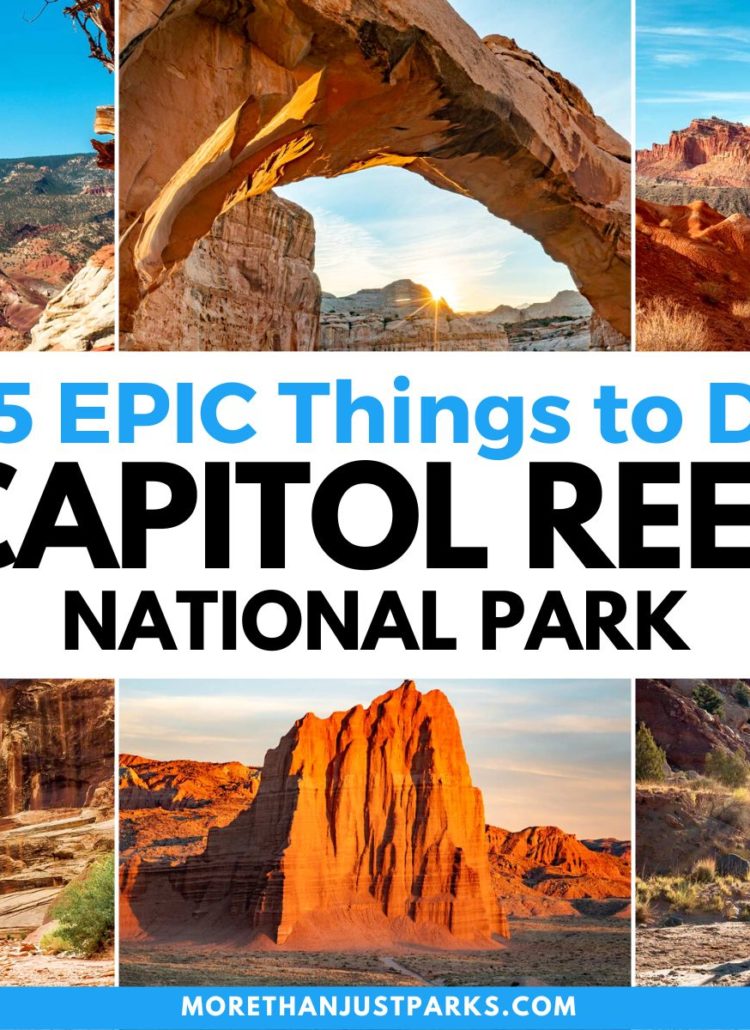
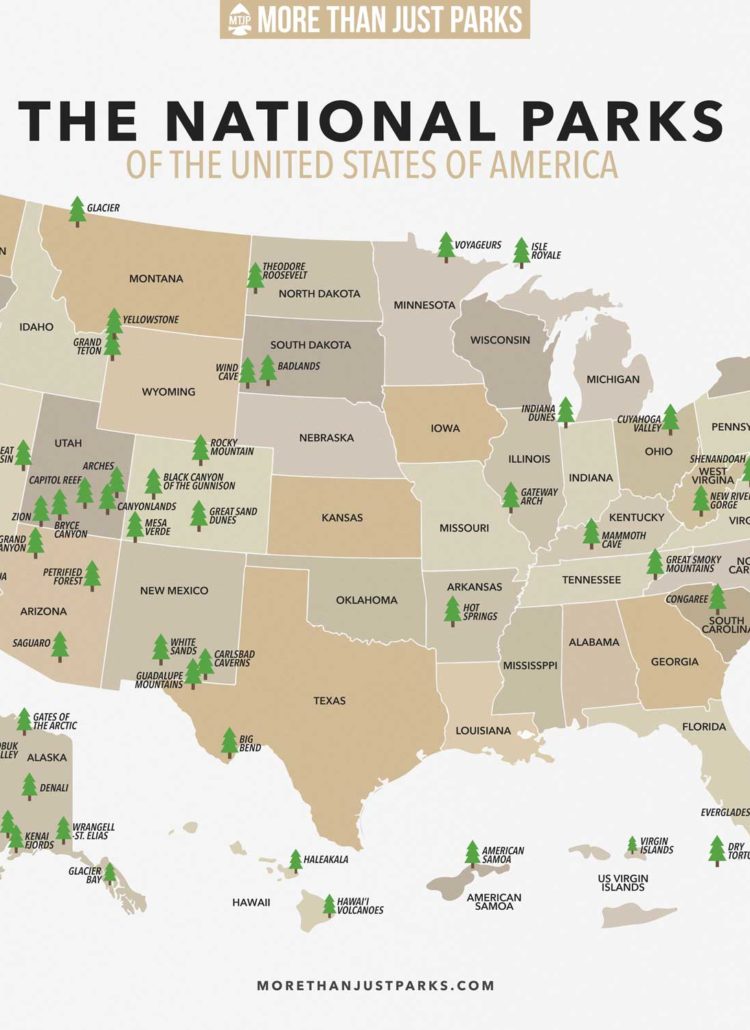
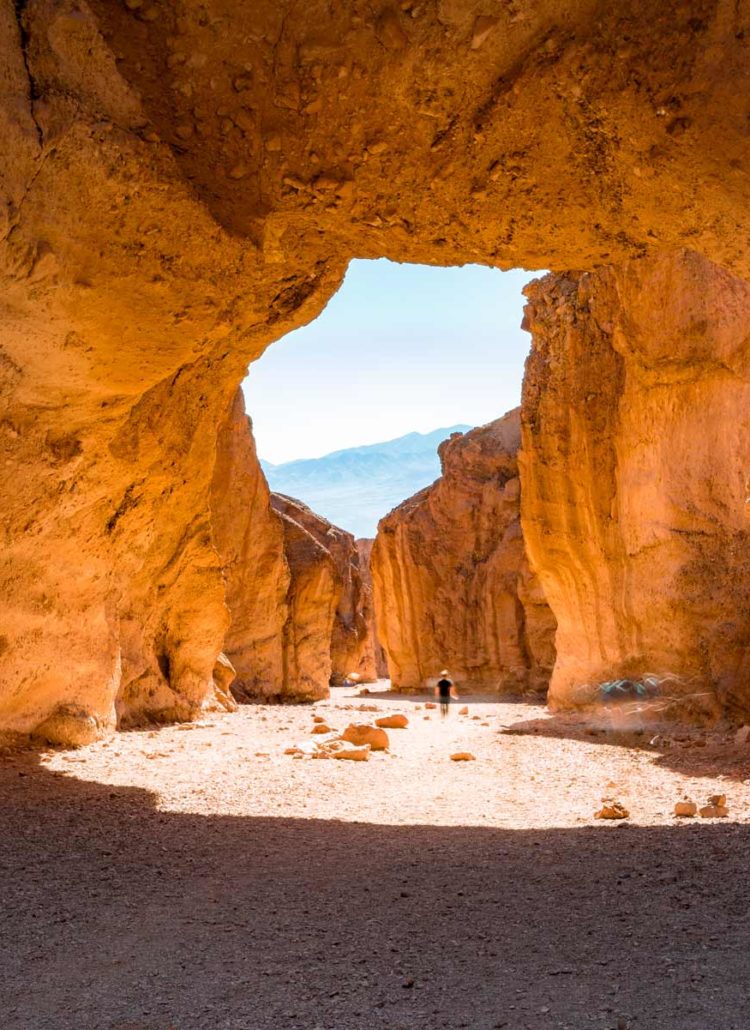
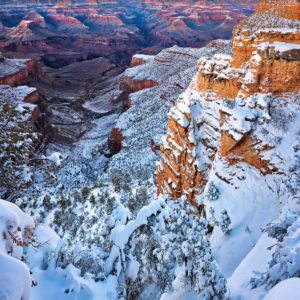

Leave a Reply